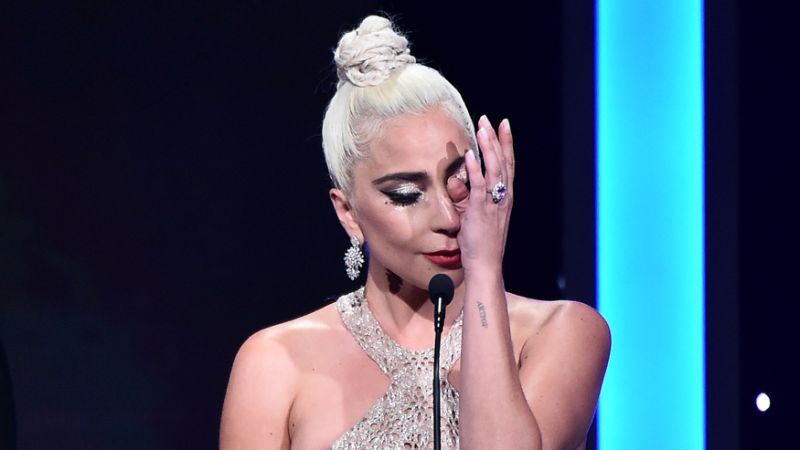The entertainment world has recently been abuzz with controversies involving music mogul Sean “Diddy” Combs and pop icon Lady Gaga. What began as separate issues spiraled into a complex web of rumors and misinformation, highlighting the challenges celebrities face in managing public narratives.
At the heart of these discussions is a viral clip featuring Lady Gaga speaking candidly about her past trauma. The video, though unrelated to Diddy, was repurposed by online communities to link her experiences to his ongoing legal controversies. This unfounded connection gained traction, creating a whirlwind of speculation. The rumor mill further churned when reports emerged claiming that Lady Gaga had pressured her legal team to drop Diddy as a client.

These developments prompted responses from both parties. Lady Gaga’s team swiftly denied any involvement in Diddy’s legal matters, emphasizing her focus on advocacy and personal recovery. Similarly, the law firm implicated in the reports issued a statement clarifying their professional decisions, distancing themselves from the speculation. Despite these efforts, social media platforms amplified the rumors, reflecting how misinformation can rapidly distort public perception.
Diddy’s situation is complicated by his history of legal and personal controversies. Over the years, the entrepreneur and artist has faced allegations that have influenced public opinion and media scrutiny. These issues resurfaced amid the latest rumors, with critics questioning the extent to which past actions should inform ongoing narratives.

Lady Gaga, meanwhile, has long been an advocate for social causes, using her platform to address mental health, trauma, and inequality. Her open discussions about her struggles have made her a symbol of resilience. However, this openness has also made her vulnerable to misinterpretation and exploitation by those seeking to align her story with unrelated events.
The role of social media in these controversies cannot be overstated. Platforms such as X (formerly Twitter), TikTok, and Instagram served as breeding grounds for conspiracy theories. Influencers and amateur sleuths added fuel to the fire, blurring the line between fact and fiction. For public figures, this digital landscape presents a daunting challenge: combating falsehoods while maintaining authenticity.
The implications of these controversies extend beyond Diddy and Lady Gaga. They underscore the power dynamics between celebrities, the media, and the public. In an era where narratives are shaped instantaneously, managing reputations has become a complex task. For Diddy, the legal and personal stakes are high, with public perception potentially influencing legal outcomes. For Lady Gaga, the episode highlights the difficulty of advocating for sensitive issues while navigating public scrutiny.
Ultimately, these events serve as a reminder of the responsibilities that come with celebrity status. While stars have immense influence, they also face relentless challenges in protecting their stories and legacies. For the public, these controversies offer an opportunity to reflect on the importance of critical thinking and responsible media consumption. By questioning the narratives presented to us, we can foster a more informed and empathetic cultural discourse.
Leave a Reply